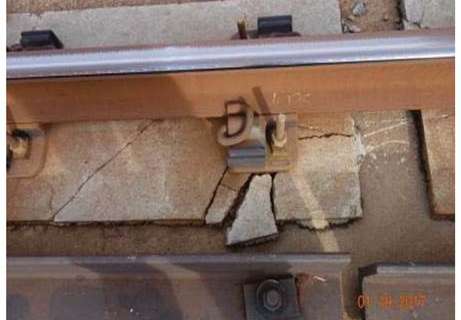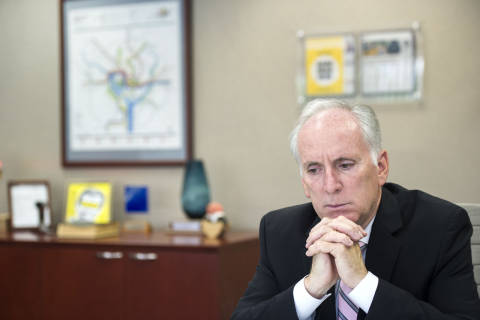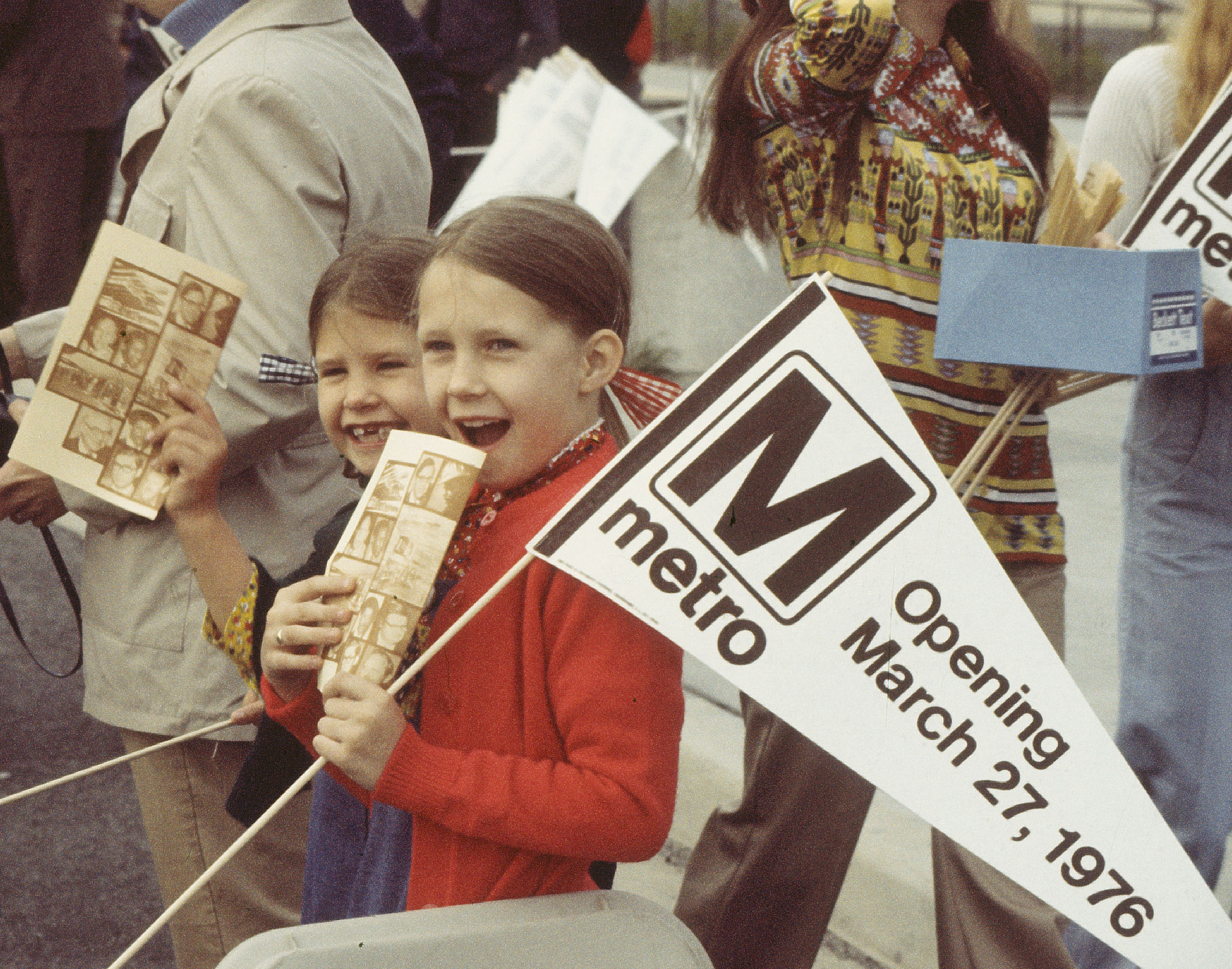WASHINGTON — Will Metro be noticeably better, and remain on the right track, after 24/7 track work ends this summer? Will the budget woes that contributed to the Metro fare hikes and service cuts coming in July cause lingering problems?
The House Committee on Oversight and Government Reform’s Subcommittee on Government Operations is set to press Metro’s general manager and chief financial officer on the issues Wednesday afternoon as they testify alongside Government Accountability Office Director for Physical Infrastructure Mark Goldstein.
Goldstein’s prepared remarks cite the deadly 2009 Red Line crash, the 2015 smoke incident near L’Enfant Plaza that killed Carol Glover and efforts to change the “safety culture” since then, including the 24/7 track work program that the Federal Transit Administration now estimates will cost Metro $133 million.
At the heart of Goldstein’s testimony is a GAO report released earlier this month which confirmed that Metro rushed into round-the-clock track work last year without detailed plans because of immediate safety concerns. The report also confirmed that deeper problems remain at the transit agency, but that the track work does appear to have led to some significant improvements.
“They are somewhat critical, but I’m hopeful that we’ll get beyond that and look to the future. What are we going to do after SafeTrack is over to ensure that this kind of safety and reliability concern is not repeated?” ranking subcommittee member Rep. Gerry Connolly, a Democrat representing Virginia’s 11th District, said ahead of the hearing.
“What are we doing to make the system safer all across the board?” he said.
In his prepared remarks submitted to the subcommittee, General Manager Paul Wiedefeld plans to re-emphasize that he does not feel the GAO report adequately reflected the urgency of needed 24/7 repairs. He is also expected to tell the subcommittee that cuts to service hours across the rail system, which are set to expand this summer, should make major long-term shutdowns less likely.
He calls the preventive maintenance that Metro is finally planning to begin “the anti-SafeTrack.”
Wiedefeld also plans to discuss progress on safety directives from the Federal Transit Administration while emphasizing, as he did last week, that there must be a new urgent focus on “resolving Metro’s long-term capital funding needs, and Metro’s unsustainable cost model.”
Within a few weeks, he plans to release detailed projections on all of Metro’s funding needs, including a year-by-year breakdown.
Metro’s largest union, Amalgamated Transit Union Local 689, said it has come up with its own recommendations to save, stabilize and improve Metro and will release them later this week.
Wiedefeld’s prepared remarks also tout previously announced plans to phase in cellphone service in all tunnels by 2020, and emphasize the continuing addition of new trains to replace Metro’s oldest cars (1000 Series) and its least-reliable cars (4000 Series).
The subcommittee has held hearings on Metro that got fiery at times, but had little in the way of significant new developments regarding the next steps for the Metro system.
Unusually, the subcommittee produced a movie trailer-like video promoting Wednesday’s hearing that splices together news reports on a series of Metro issues last year.
Financial problems
Metro blamed fiscal shortfalls for the need to raise fares and cut scheduled service beginning this summer, and even larger financial issues are projected next year that could have significant impacts on local government budgets.
Wiedefeld is again set to promise on Wednesday “specific, actionable and ambitious” recommendations in the analysis he will release next month on Metro’s financial needs. Regional leaders and some other analysts have suggested Metro needs dedicated funding through some type of regional tax.
“There’s no question that the business model that has worked for Metro for many decades no longer works,” Rep. Connolly said.
The transit agency is still working to get approval of its financial paperwork from the Federal Transit Administration in order to end restrictions that essentially require Metro to submit receipts in order to get certain federal grant money awarded before July 2015.
While those limits and the lack of a rainy day fund have led Metro to look into increased short-term borrowing to keep cash flowing, ultimately the system relies on rider fares and contributions from D.C., Maryland and local governments in Virginia to cover its operating budget.
Connolly believes there is no more room to give on fares and parking fees or local tax contributions.
“So we’ve got to be looking at the federal participation in operating subsidies … and secondly, we’ve got to look at a regional, dedicated source of revenue,” Connolly said.
He acknowledged that any attempt to add federal operating money for Metro on top of existing contributions to the capital budget would face significant challenges, especially with Republicans in control of Congress and the White House.
“This is after all the national capital, and it’s therefore the nation’s capital Metro system, and a little bit of help would be very much in order, and I [think it’s a] tough sell, but not an impossible sell,” Connolly said.
The number of people riding Metro has continued to decline steadily, falling to 593,000 average rail trips each weekday in the last six months of 2016, from a peak of around 750,000 in 2009.
Wiedefeld’s prepared testimony blames “poor service quality and reliability as well as external factors,” and does not project any immediate rebound.
The fare increases and service cuts that begin this summer are projected to result in the loss of 13 million to 14 million trips per year.
“Failure is not an option,” Connolly said. “We’ve worked very hard to create from scratch a world-class Metro system that unfortunately has experienced some steep declines in the last several years. We need to return the system to a level of safety, customer satisfaction and reliability that is a model for the rest of the country. We’re far from that right now, but you know what? That’s not an impossible goal, and it was in fact a goal we achieved not that far in the past.”







